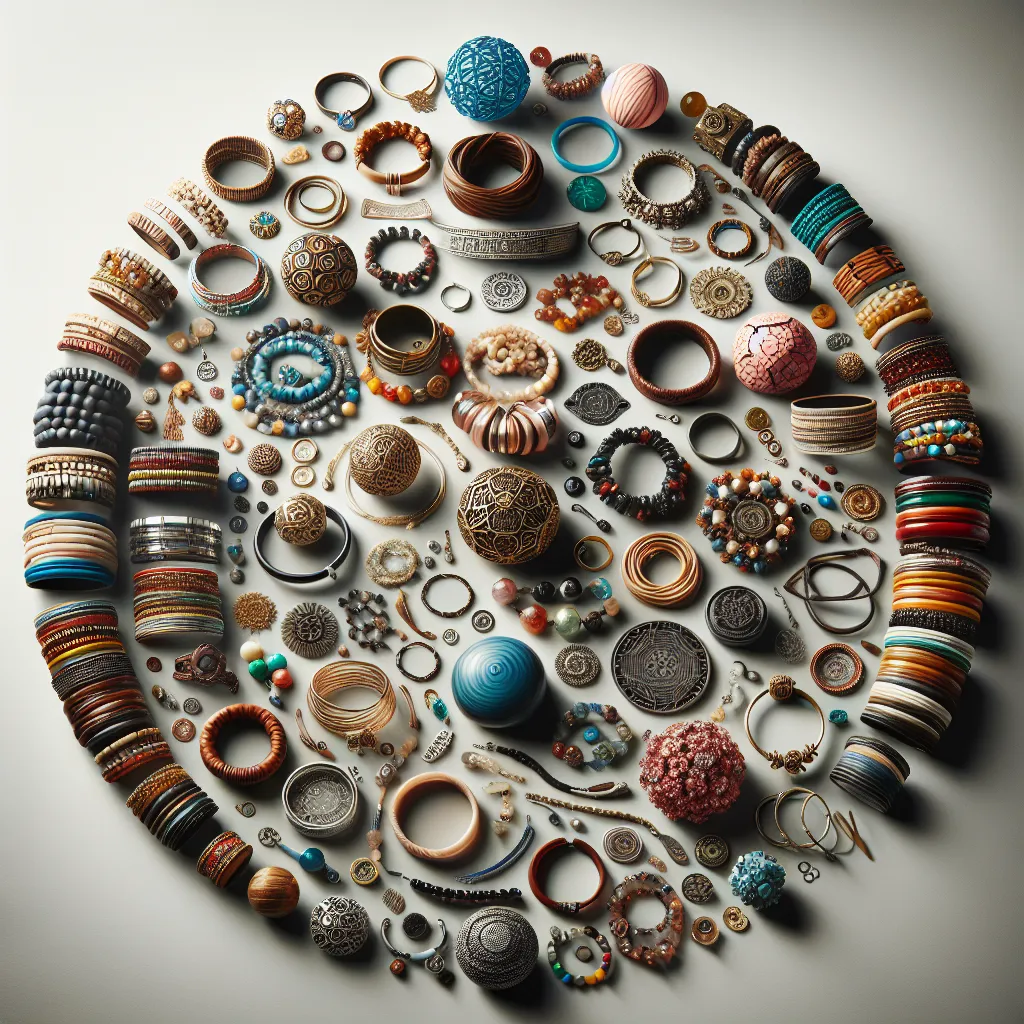Understanding the Symbolism of Beaded Bracelets
Beaded bracelets have been worn for centuries and are more than just a fashion statement. They hold deep cultural and spiritual significance in many societies around the world. Understanding the symbolism behind beaded bracelets can provide insight into the traditions and beliefs of different cultures.
In many ancient civilizations, beads were believed to have protective powers and were worn as a form of talisman to ward off evil spirits. Different types of beads were thought to possess specific properties, such as promoting good health, providing strength, or bringing luck. For example, jade beads have long been associated with wisdom, peace, and harmony in many Asian cultures, while turquoise beads have been prized by Native American tribes for their protective and healing properties.
Furthermore, the colors and patterns of beaded bracelets often hold symbolic meanings. For instance, in some African cultures, the use of red beads may signify strength and power, while white beads symbolize purity and spirituality. The arrangement of beads in a bracelet can also convey specific messages, with certain patterns representing important stories or cultural traditions.
Today, beaded bracelets continue to be worn not only for their aesthetic appeal but also as a way to connect with heritage and spirituality. Understanding the symbolism behind these bracelets adds a layer of appreciation for the rich cultural and historical significance they carry.
Exploring the Cultural Significance of Friendship Bracelets
Friendship bracelets are a popular form of accessory that hold significant cultural importance across various societies. These iconic bracelets are woven as a token of friendship, symbolizing the strong bond between individuals. Originating from Central and South America, friendship bracelets have deep roots in indigenous cultures, where they were crafted using traditional knotting techniques and vibrant colors that held specific meanings. In many indigenous communities, the process of creating and exchanging friendship bracelets was a sacred ritual, signifying the importance of camaraderie and mutual support.
Decoding the Power of Gemstone Bracelets
Gemstone bracelets have been worn for centuries not only for their aesthetic appeal, but also for their perceived healing and spiritual properties. Each type of gemstone is believed to possess its own unique energy, making gemstone bracelets a popular choice for those seeking to incorporate the power of these stones into their daily lives.
One of the most well-known gemstones, the amethyst, is often associated with promoting calmness and clarity of mind. Its deep purple hue is believed to aid in meditation and enhance intuition. Similarly, the turquoise gemstone is thought to offer protection and strength, making it a popular choice for those seeking courage and confidence.
Furthermore, the rose quartz is often referred to as the “love stone” and is believed to promote compassion and emotional healing. It is frequently used to attract love and strengthen relationships. On the other hand, the onyx gemstone is associated with grounding and stability, making it a popular choice for those seeking to dispel negative energy and achieve inner strength.
When choosing a gemstone bracelet, it’s important to research the properties of the specific stones to determine which aligns best with your intentions. Whether it’s for enhancing focus, attracting love, or promoting spiritual growth, the power of gemstone bracelets lies in their ability to resonate with individuals on a deep, personal level.
Unveiling the History of Charm Bracelets
When it comes to bracelets, one particular style that has captivated the hearts of many for centuries is the charm bracelet. The history of charm bracelets dates back to ancient times, with evidence of them being worn by the Babylonians, Persians, and Hittites as far back as 500 B.C. These early versions of charm bracelets were believed to have been worn as an amulet to ward off evil spirits and bring good luck to the wearer.
Throughout history, charm bracelets have taken on various meanings and purposes. During the Roman Empire, Christians used charms as a way to identify themselves to other believers. In the Victorian era, charm bracelets became a popular fashion accessory and a way for women to express their individuality and interests. The 20th century saw a resurgence of charm bracelets, with soldiers collecting charms from different places they visited during the war as mementos.
Today, charm bracelets continue to hold personal significance for many individuals. They are often used to commemorate special occasions such as birthdays, graduations, and weddings, with each charm representing a meaningful moment in the wearer’s life. With the rise of customizable jewelry, charm bracelets have evolved to allow for a more personalized and tailored expression of one’s personality and experiences.
The enduring appeal of charm bracelets lies in their ability to encapsulate the wearer’s life story and serve as a tangible reminder of cherished memories. As we continue to embrace the tradition of adorning our wrists with these meaningful trinkets, the charm bracelet remains a timeless symbol of self-expression and sentimental value.



